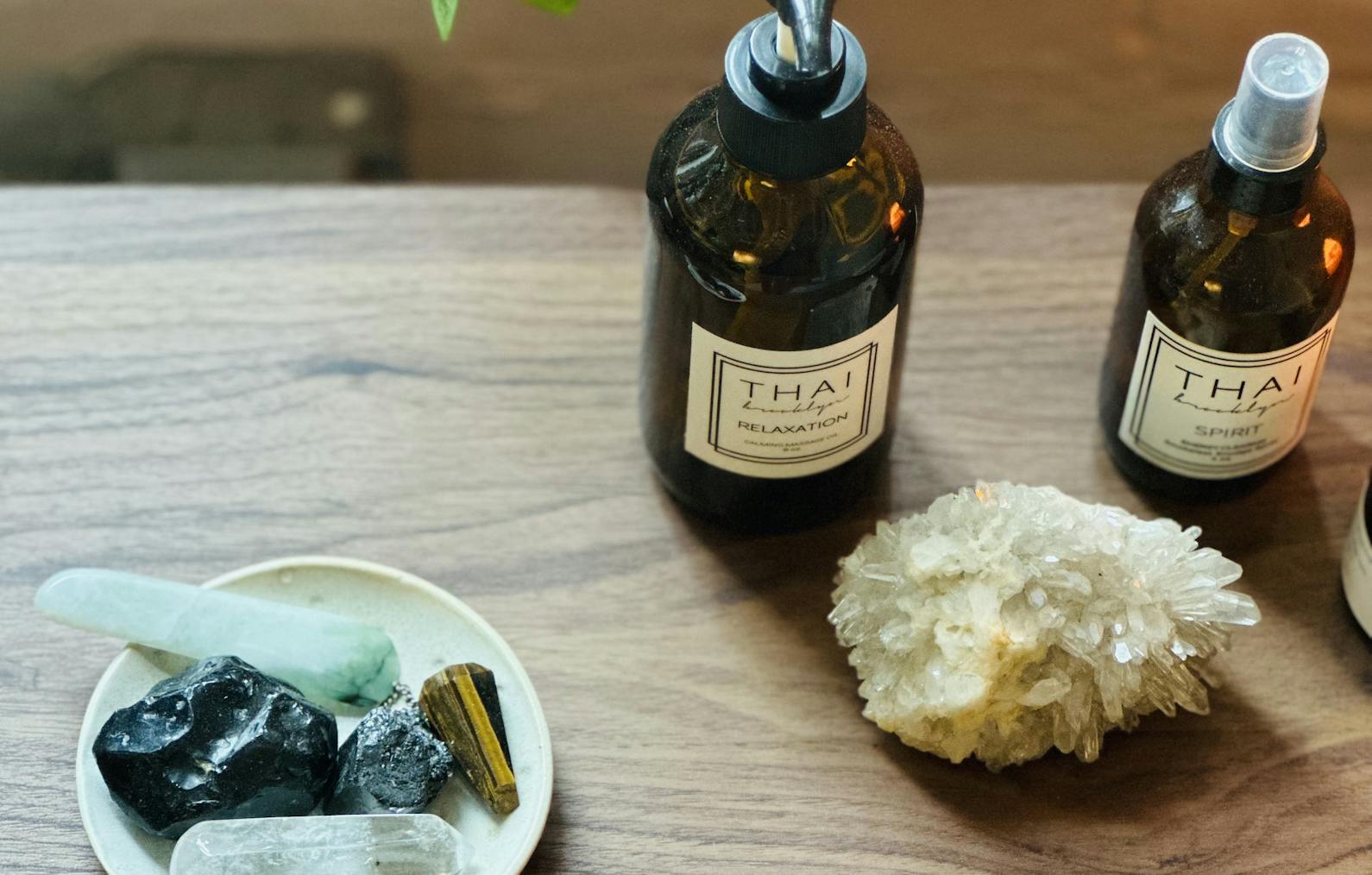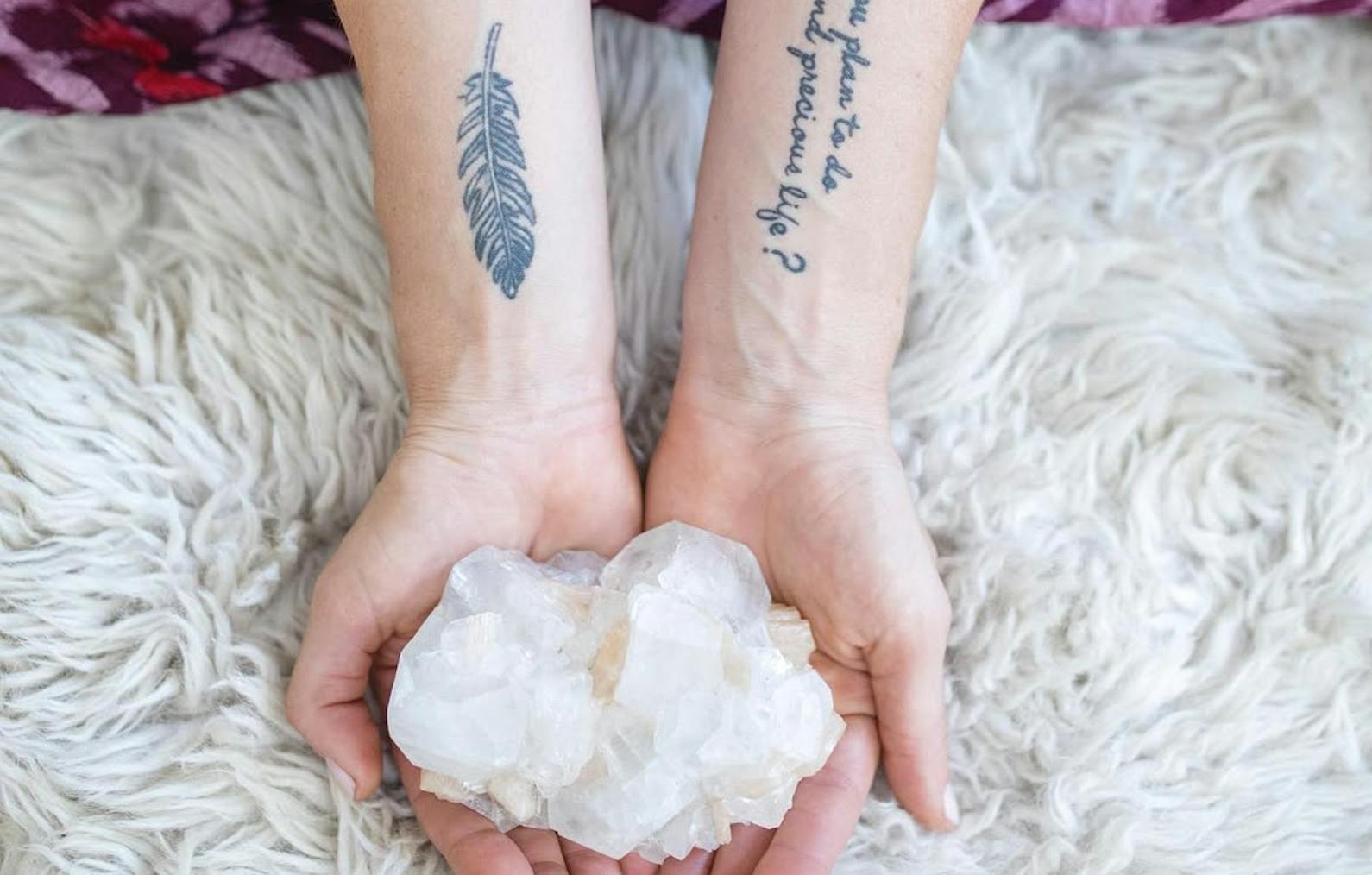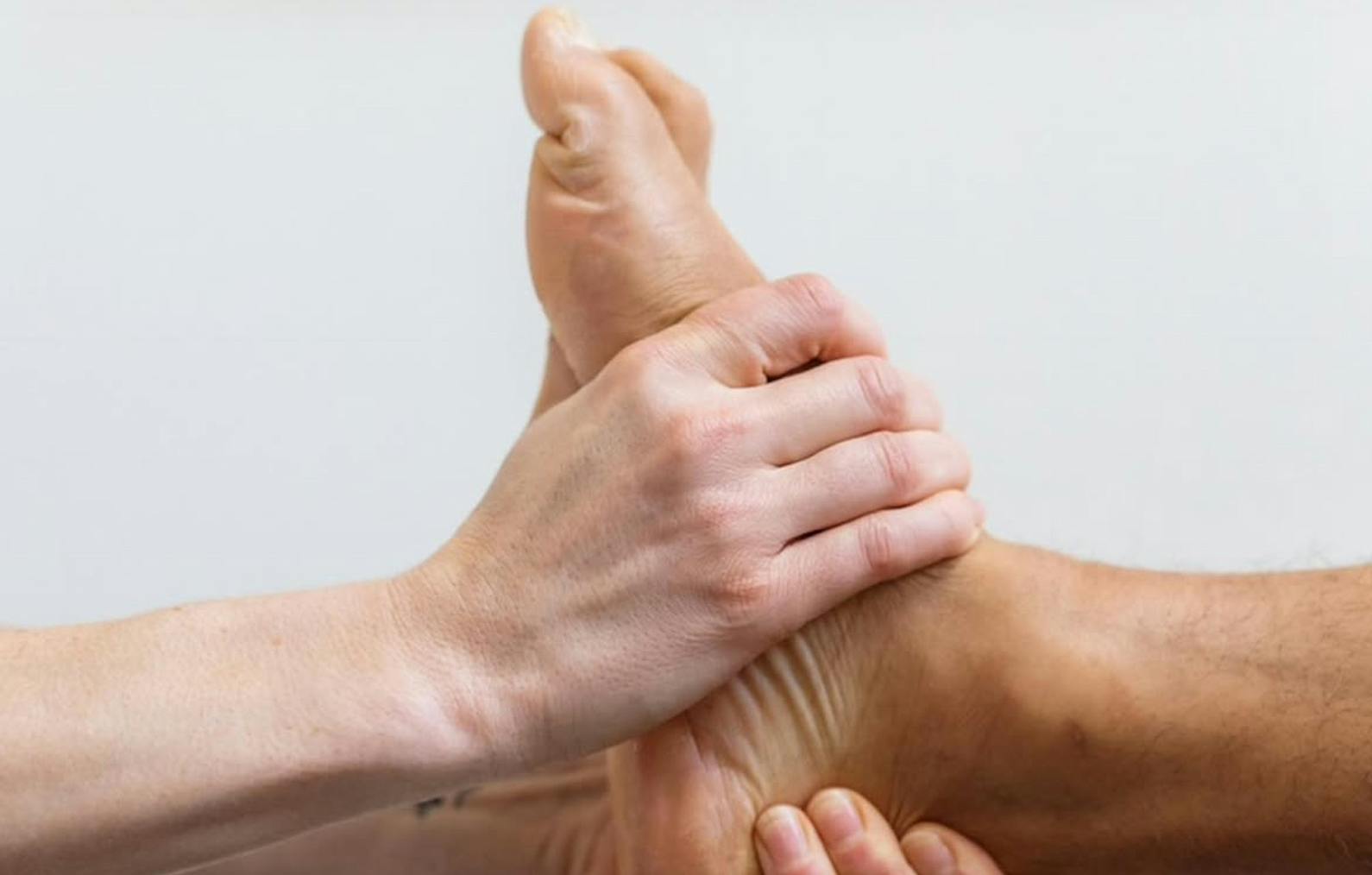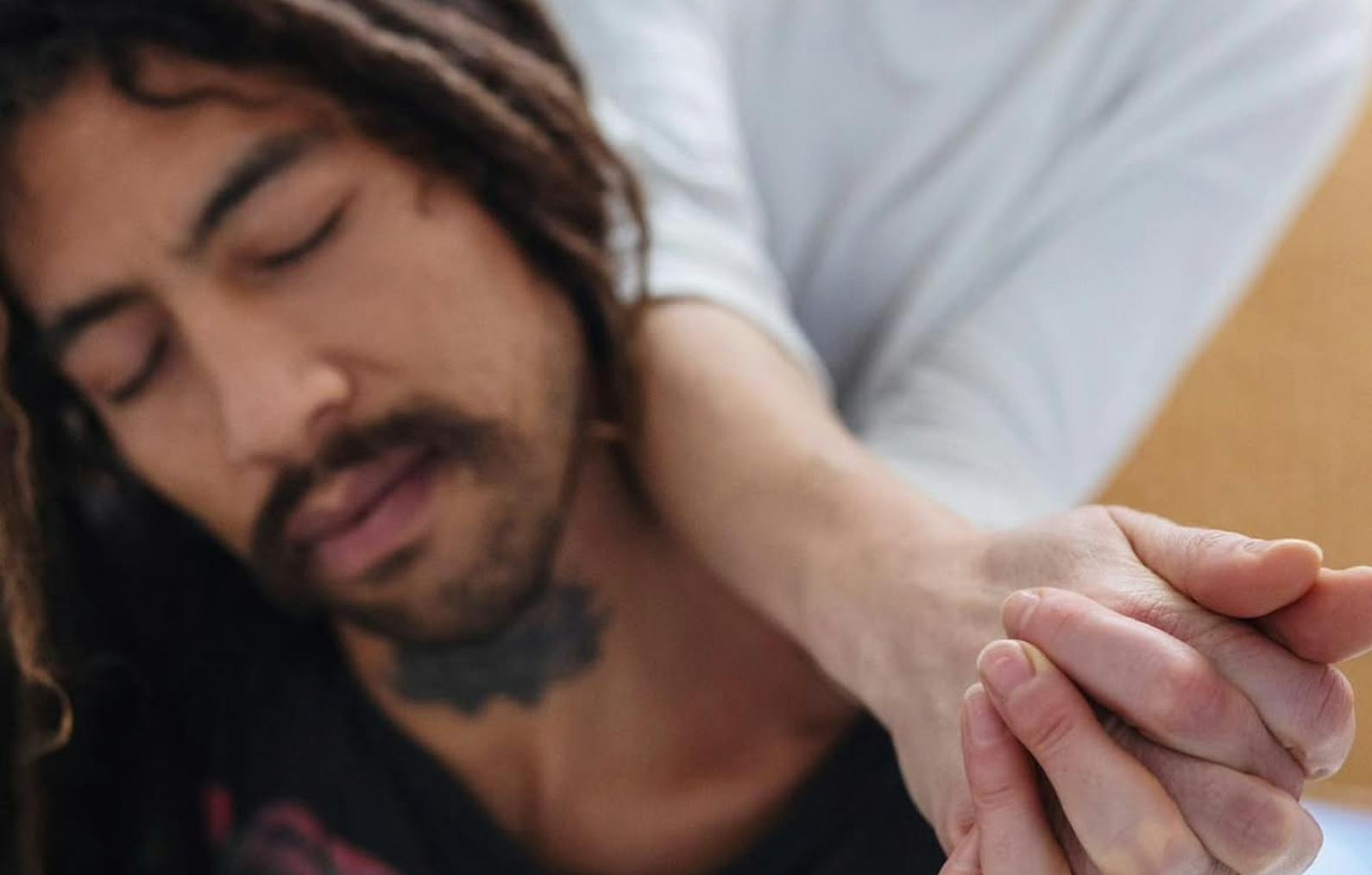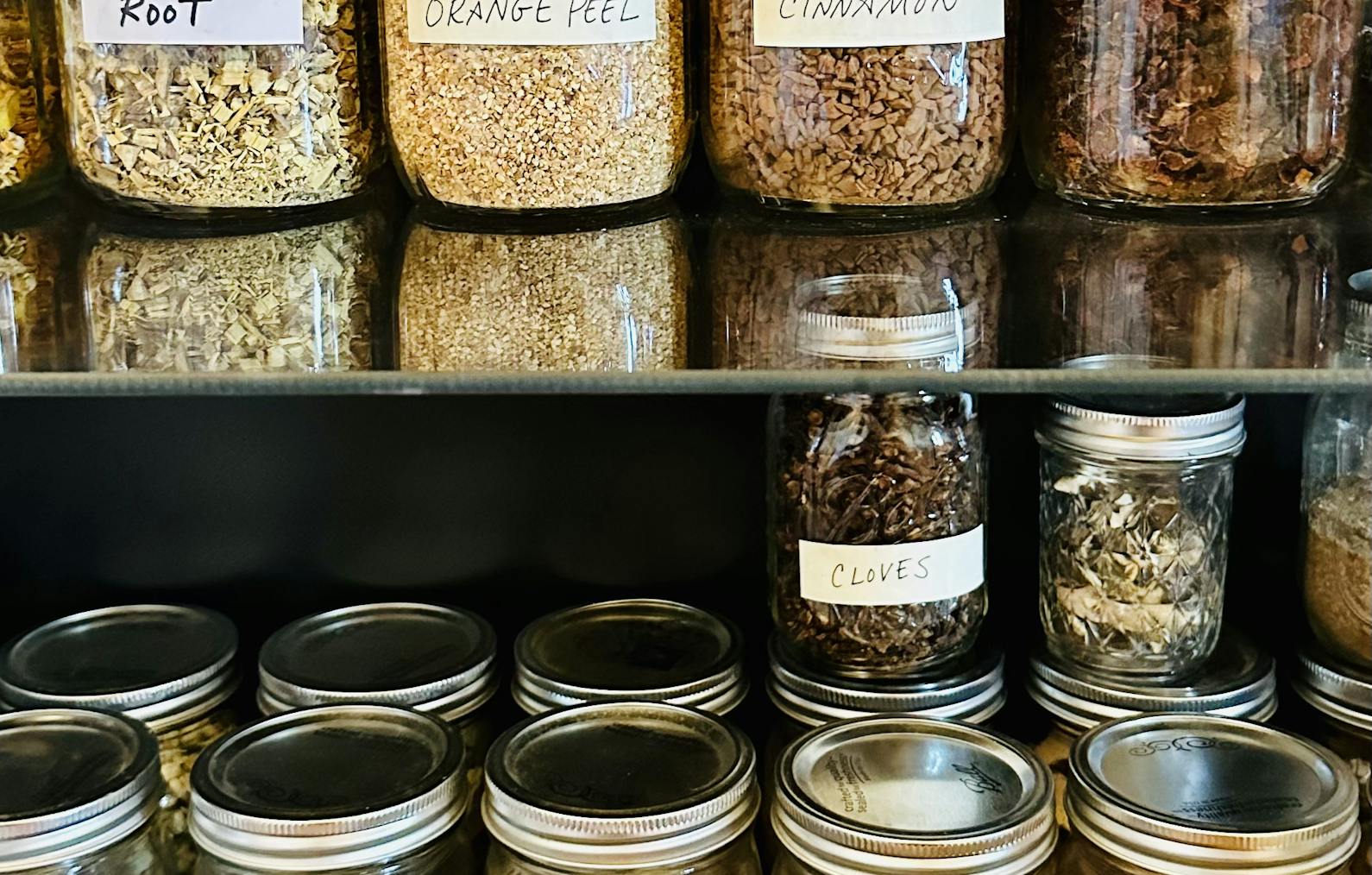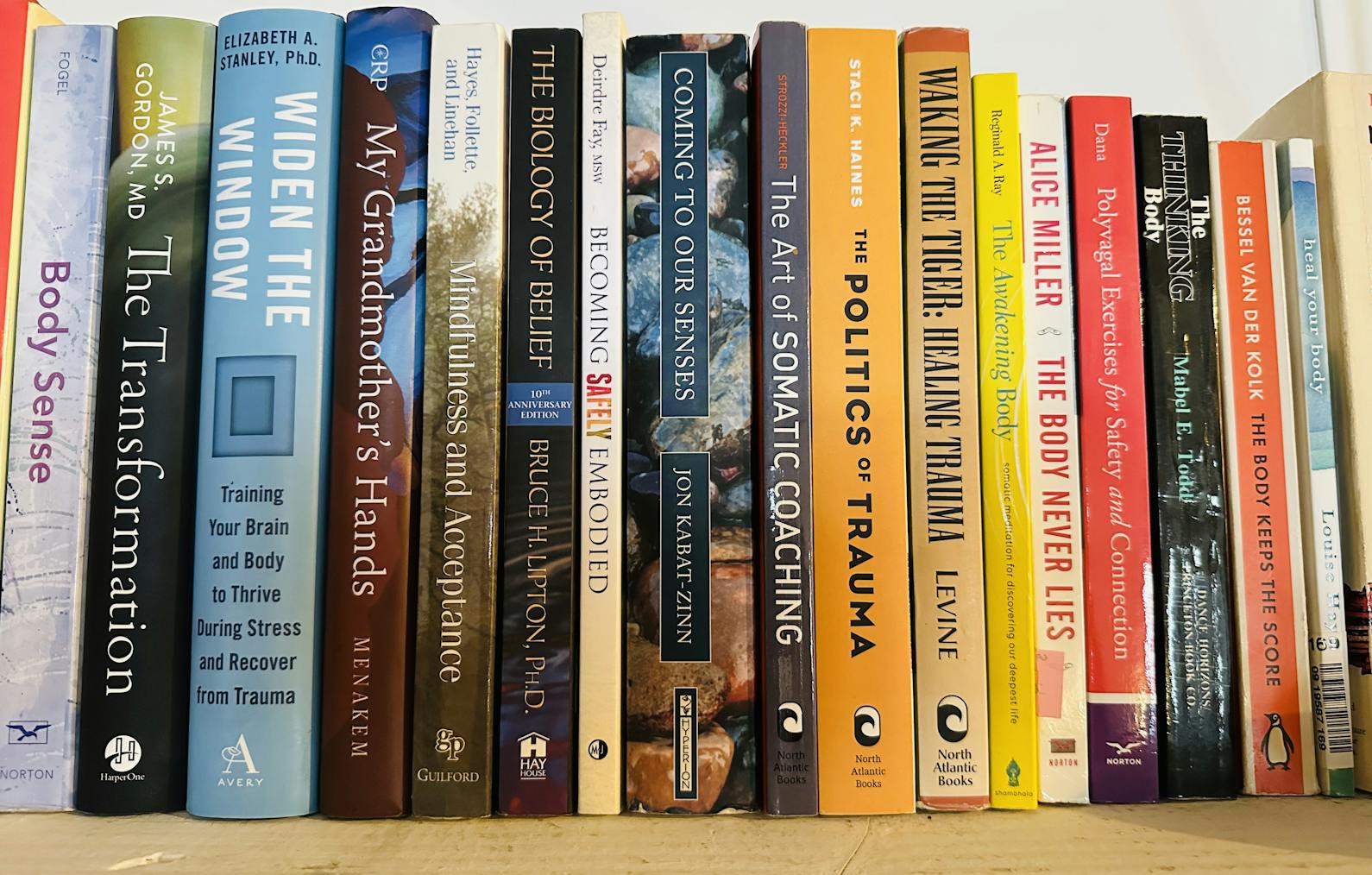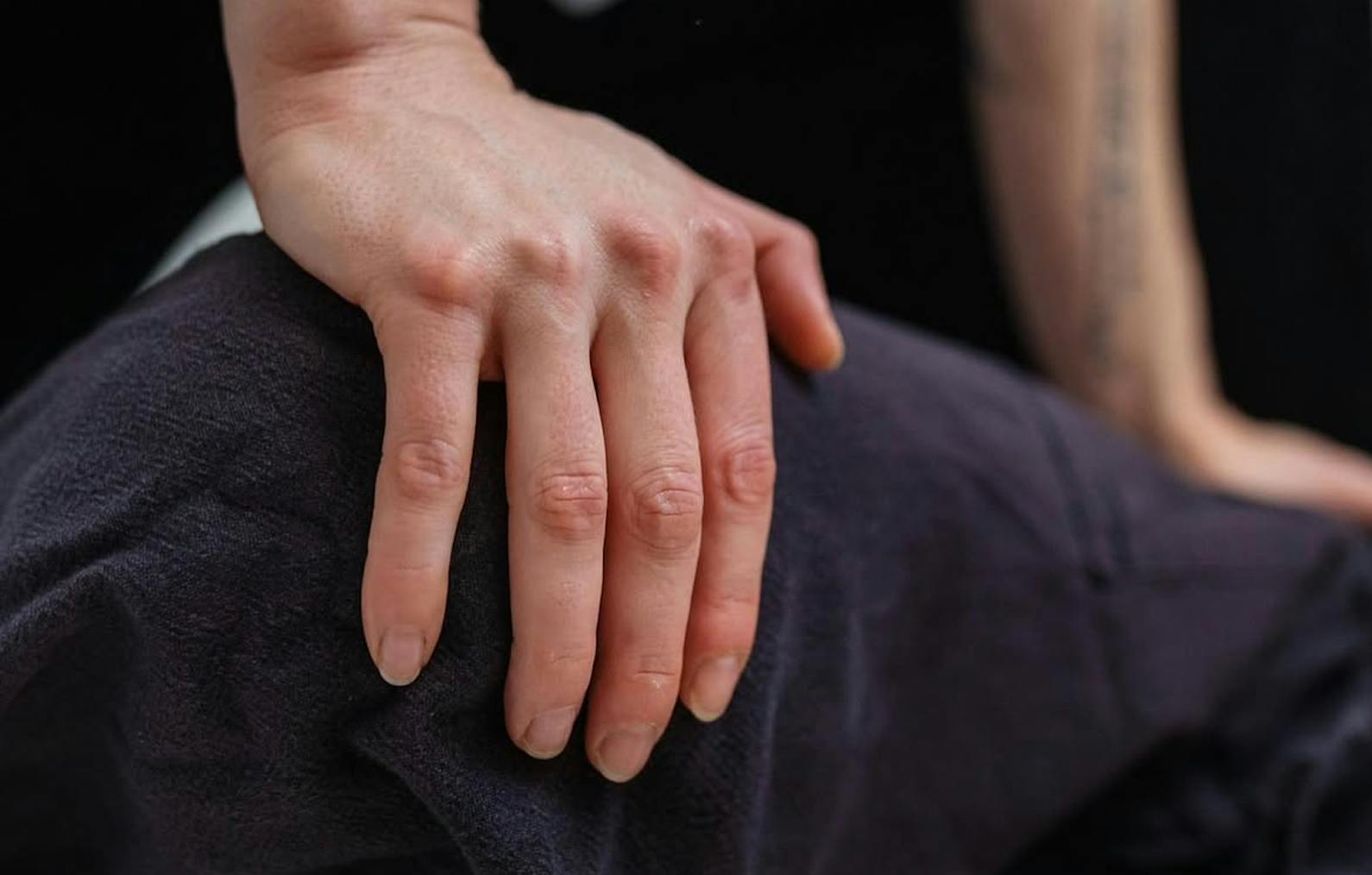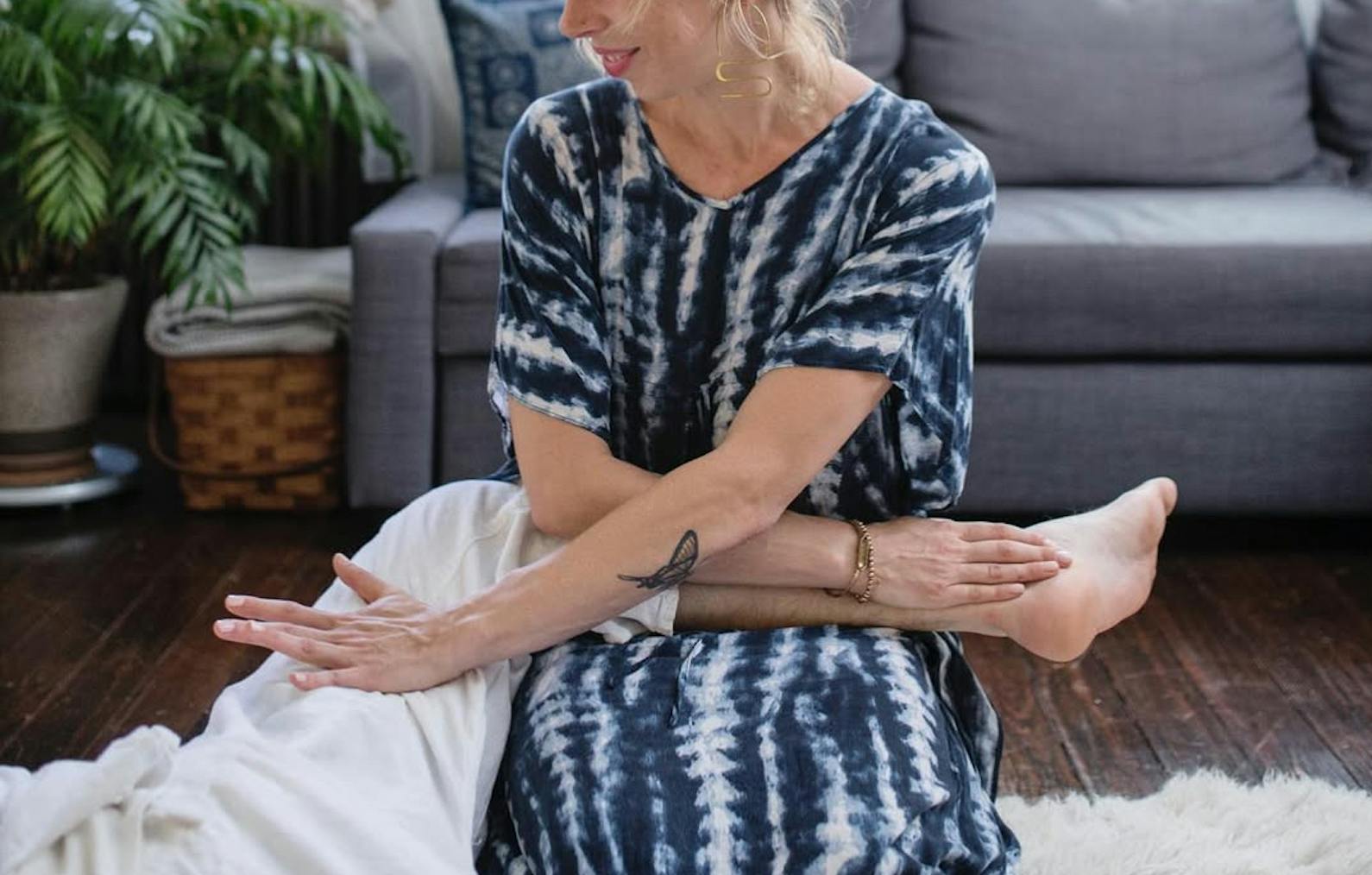Bodywork
New York
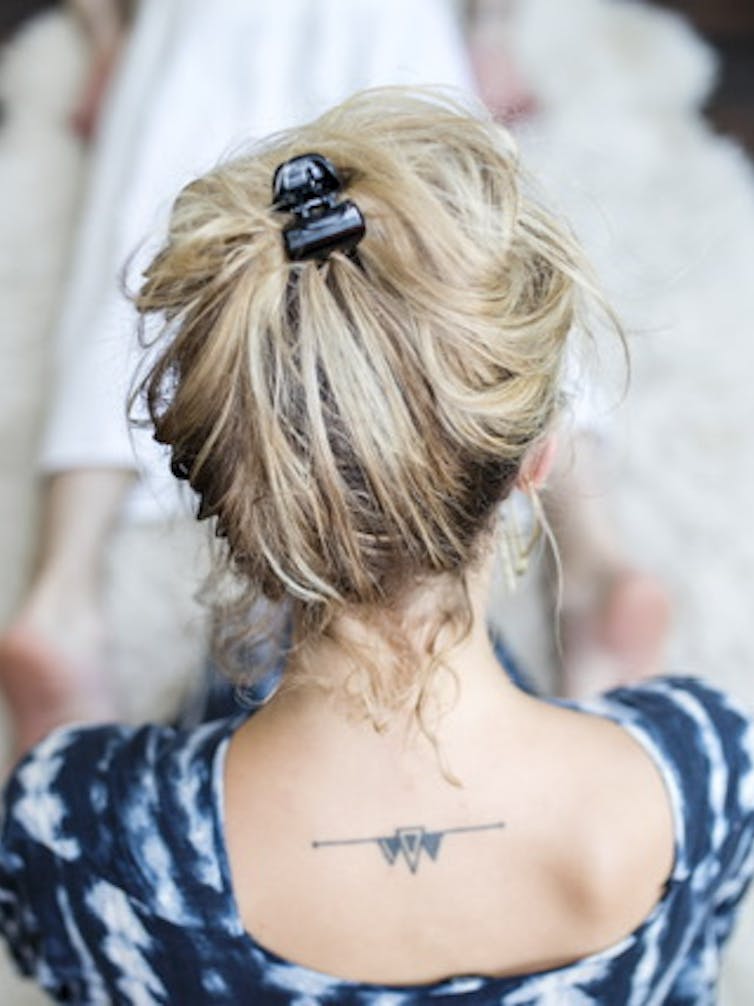
“The body is spirit, as well as emotions, as well as belief systems, as well as energy. So with Thai Yoga massage, the mind, the body, and the spirit are all being worked on at the same time.”
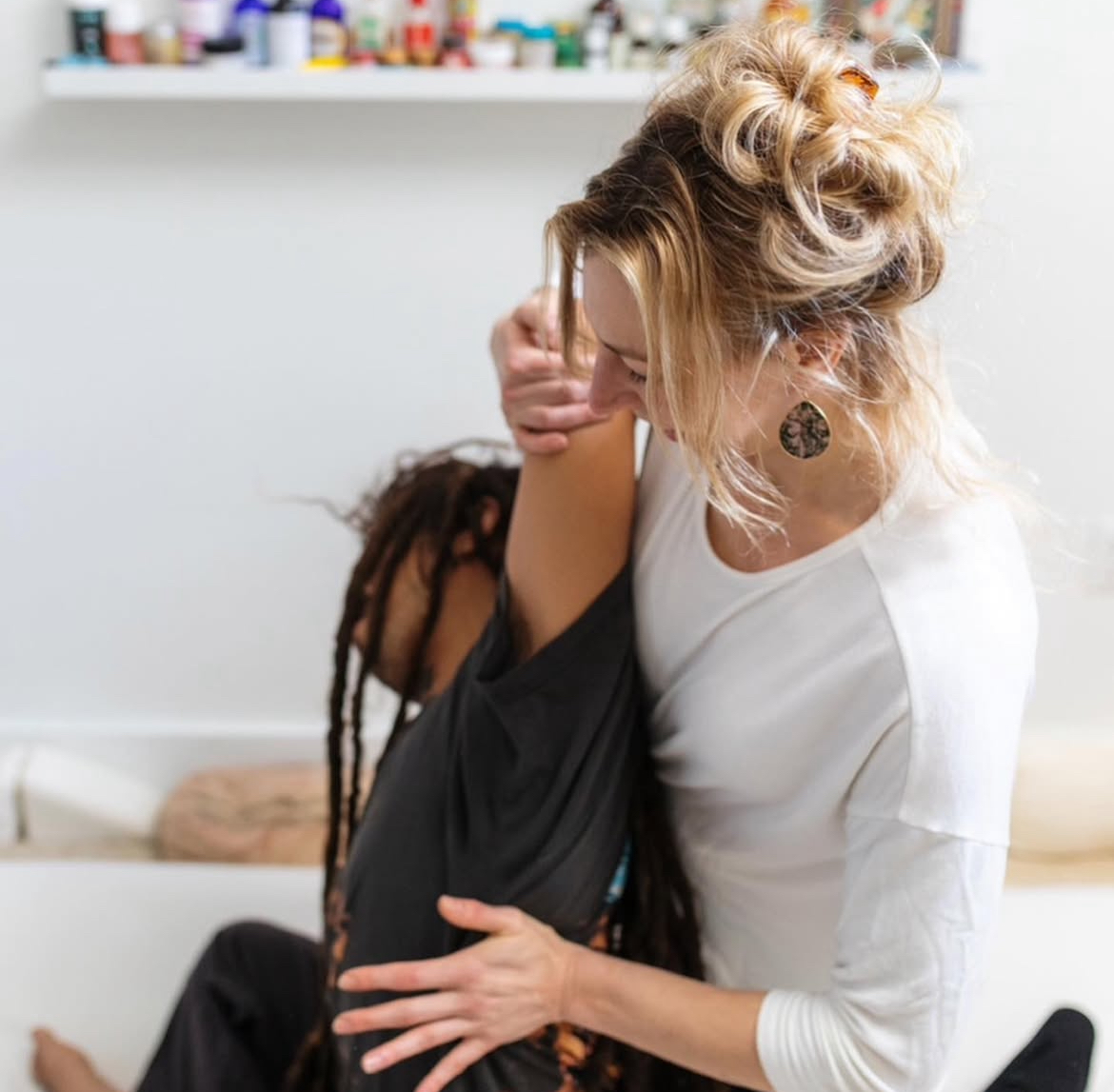
What is the work you are offering right now?
I do two things, Thai Yoga massage and somatic therapy, and I've been blending the two for some time. Thai Yoga massage is almost 3,000 years old and it’s credited with being invented by the Buddha’s personal physician, so it comes from a place of yoga, and Ayurveda. It's meant to be a meditative offering for both the giver and the receiver, so what it looks like in modern terms is having yoga done to you.
What does that involve?
It involves a lot of movement and stretching as well as pressure, and we are also working along different energy lines that in Ayurvedic medicine are called sun lines.
What drew you to Thai Yoga Massage?
What I really love about Thai yoga massage is that because it's such an old practice and very steeped in Buddhism, it doesn't look at the body in terms of parts. In western medicine, we tend to go to specialists like a cardiologist or a gynecologist, so our body is being very dissected into these parts. But with a Buddhist lineage of healing, we are looking at the body as a whole.
How is it different from other types of massage?
I think the stark differences are that you're fully dressed and you're on a mat on the floor. So it's very grounding. You’re getting stretched. You're getting movement. There's joint mobilization as well as deep pressure. The whole body comes into play and as a practitioner you’re really wrapped up in the process, I’m using my feet, my knees, my elbows, my forearms, it's not just my hands.


So is it only bodywork?
The body is spirit, as well as emotions, as well as belief systems, as well as energy. So the mind, the body, and the spirit are all being worked on at the same time. This is where somatic therapy comes in as it also sees a person as a whole being, and looks at what’s going on in our mind.
How is somatic therapy different from talk therapy?
With traditional talk therapy, it can be a lot of regurgitating old stories but with somatic therapy, as a client is telling me something that's challenging or going on for them in the moment, the question is always where are you noticing that in your body? So with somatic work, it's really taking a mindfulness approach to what is happening in our body and having more of an embodied experience. We can have an understanding of something cognitively, but until our body experiences it, we don't really know it. It can really help people form a deeper relationship with their bodies so that they can have more agency over what's happening in their lives.
How do you combine the two?
I invite people to have a much deeper experience of what's happening in their bodies so that they also are contributing to the session. It's not just me doing body work to you, it's us having a conversation about what are you noticing? What does it feel like your body needs? How does it want to express itself and even how does it wanna protect itself at times?
How did you get into this practice?
As a small child, I loved dance as a form of expression and I was a professional dancer for some time. I then got into teaching yoga and personal training and ended up with a lot of older clients. At that time, I had some friends come back from Thailand and they asked if they could try this new practice on me. And as soon as they started, I just sat up and said what are you doing? I need to learn absolutely everything that's going on right now. With my older clients, I really wanted something therapeutic and hands on that I could offer them when they were having off days. So I started learning everything I could about Thai Yoga massage, taking every class that was available stateside and then eventually went to study in Thailand.
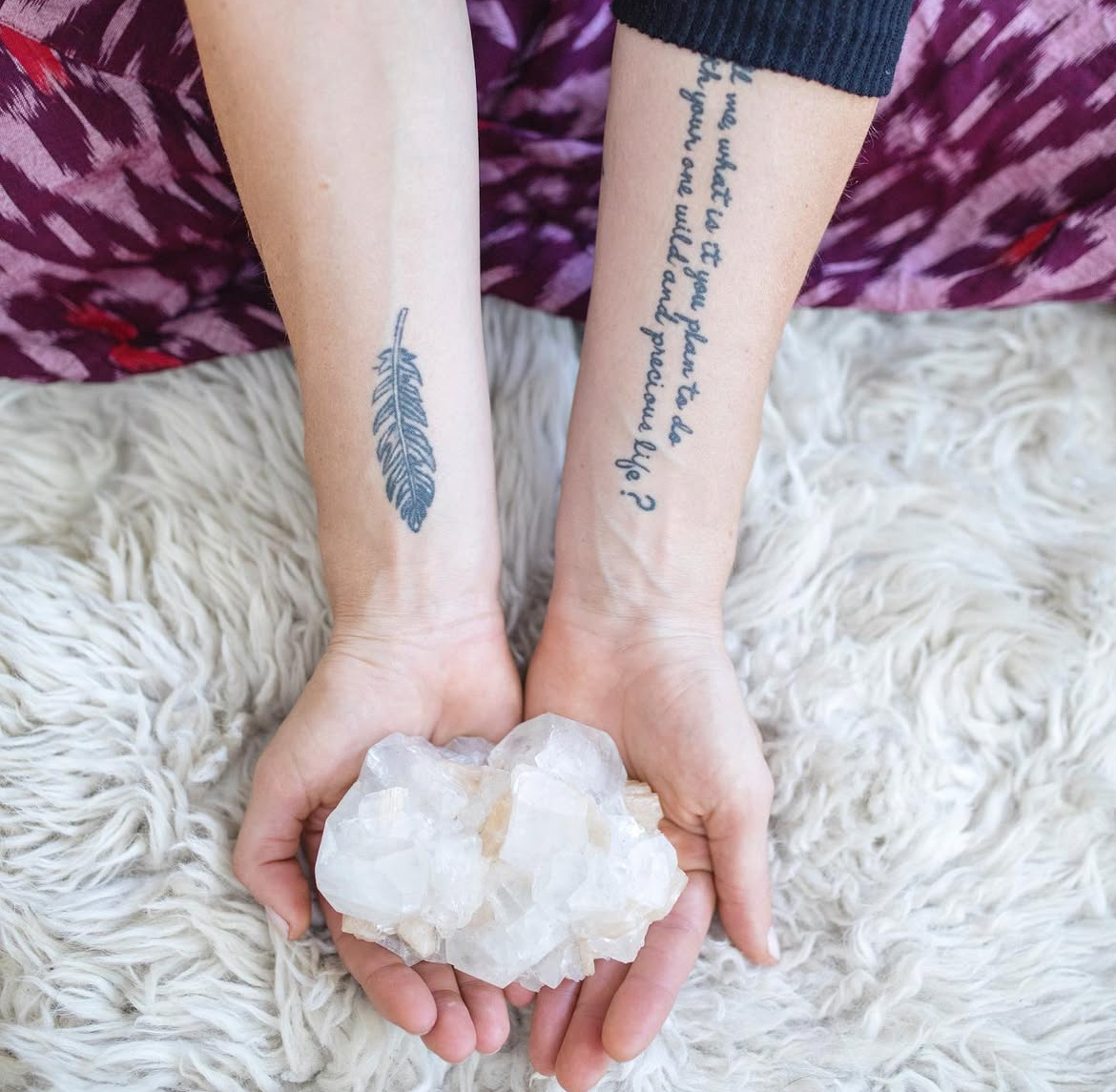
How did somatic therapy come into the picture?
I started to see that people would come in with shoulder pain and I would “fix” the pain and they would walk out feeling great, but then they'd come back a couple of weeks later because the pain had returned. I think of our bodies as being living metaphors for our lives, and so suddenly I'm noticing this person's taking on more responsibility than they need to, and I’d think “they're carrying the weight of the world on their shoulders.” So I happened naturally into doing somatic work and then one day I looked it up and saw that it was a real thing, and that began another trajectory in my work and studies.
Who have you studied somatic therapy with?
I've mostly been working with a woman named Noel Wight, who runs the Somatic Therapy Center in Philadelphia. She comes from a really interesting background, where she combines touch and movement of the Feldenkrais Method with the somatic experiencing work of Peter Levine. I’ve studied the Hakomi method as well. All of my teachers are just embodied, loving kindness in a way that's just awe-inspiring to be around.
How can people work with you?
I offer a variety of different Thai inspired healing sessions. Anything from massage, to foot reflexology, herbal compress therapy, as well as Chi Nei Tsang abdominal massage. And I do somatic therapy and combinations. I also offer certification training for Somatic Thai Massage and couples workshops which are really fun.
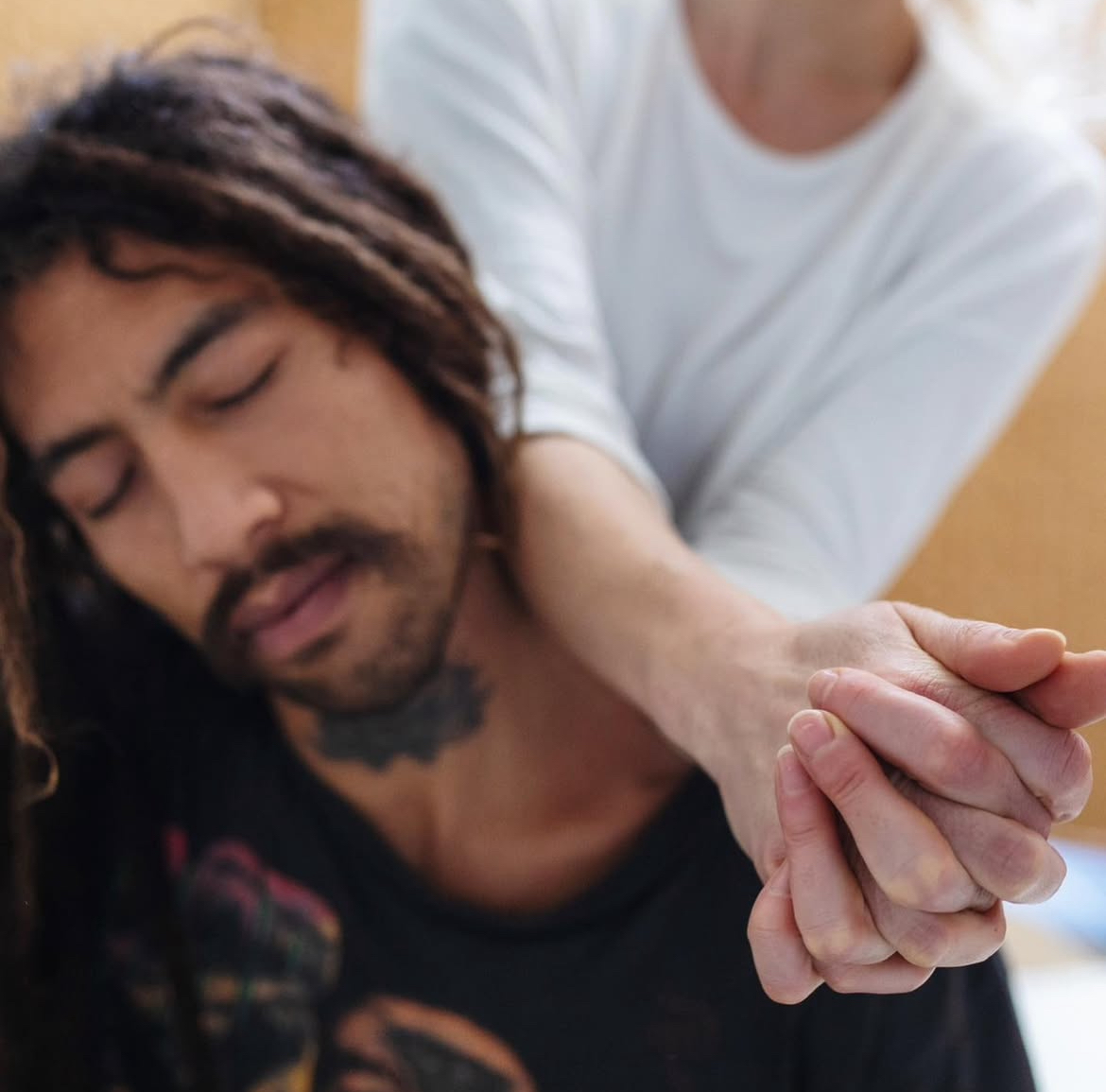
What does personal growth have to do with collective change?
I think when we do go onto a healing path, it can really show us that we're not alone, that there's a whole collective, and what's most loving for me is also what's most loving for you. And there can be like a lot more kindness and reciprocity and even altruism that can come out of going on our own healing path. I think it's pretty inspiring to see this direction towards wanting to heal. It has the power to help us as individuals to understand that we're not the only one suffering, that there is suffering all around us.
How do we support others?
When someone's sharing a hardship with us, we tend to listen from one of four places “I have to fix this problem for this person,” “I really want to help,” “I don't relate to this at all,” or “I'm the expert and I know exactly what you need to do.” But when we listen from a place of there's nothing to do, nothing to fix, no problem to solve, only something to be with, it takes a lot of the pressure off of us as listeners, and it also makes it so that we can actually hear what's being shared. If you listen to people from a place of what's inspiring about this person that's sharing this with me? Everything changes.
What is your daily practice?
I wake up and I meditate for about 15 minutes every morning, and that looks different every day depending on what I wake up with. I will always take my dog for a walk and just kind of get out of the apartment, reminding myself about the people and the goodness in the world.
What keeps you grounded?
When I am walking around the city, which as you know, can get very congested, I call everyone friend and it just becomes more of a curiosity around what are the humans doing today? Curiosity and playfulness with humans has probably been the number one thing that keeps me really grounded and centered.
What do you keep on your bedside table?
I always keep a copy of John O'Donohue To Bless the Space Between Us, it is this gorgeous book of blessings for every single stage of life, every single possible hardship that could come about and every possible cause for celebration. I keep a candle and this smokeless smudge spray that I make. I also have earplugs and a sleeping mask because I like to go into as much sensory deprivation as possible.
Words of wisdom?
Be kind. Everyone's fighting a battle, you know nothing about
Favorite books right now?
Us by Terrence Real.
No Bad Parts by Richard Schwartz
Buddha’s Brain by Rick Hansen
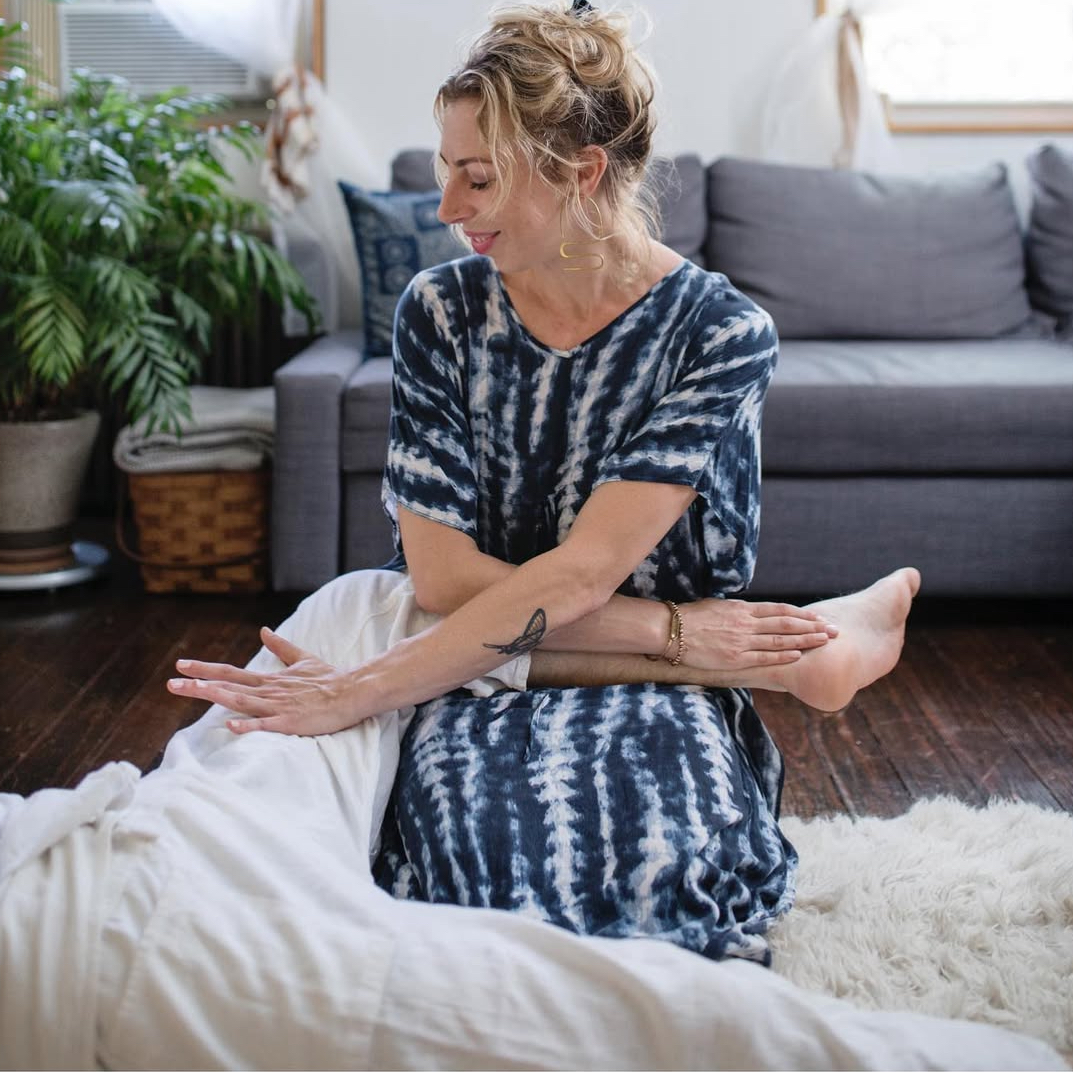
Photos by Emily Raw & Rima Brindamour

